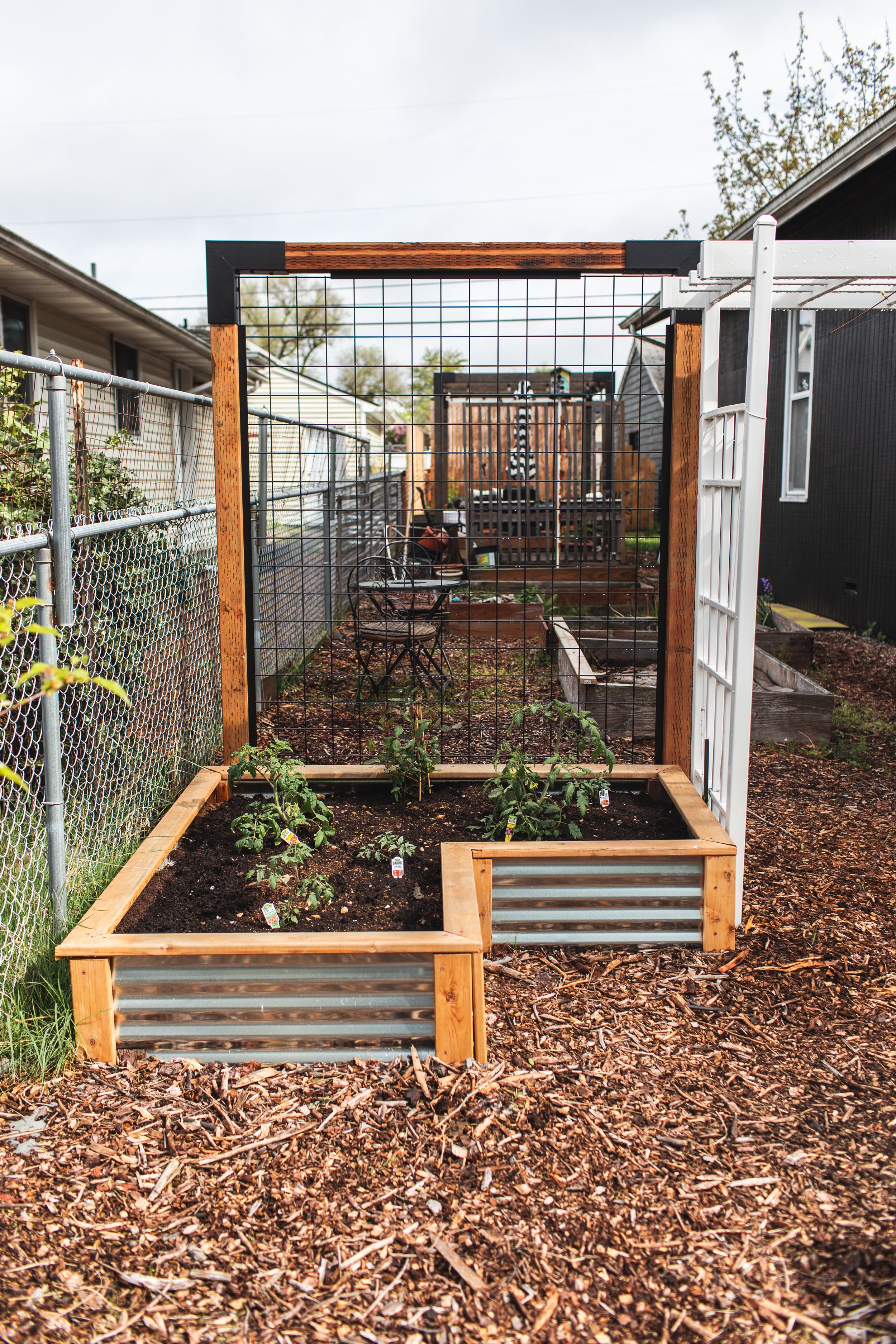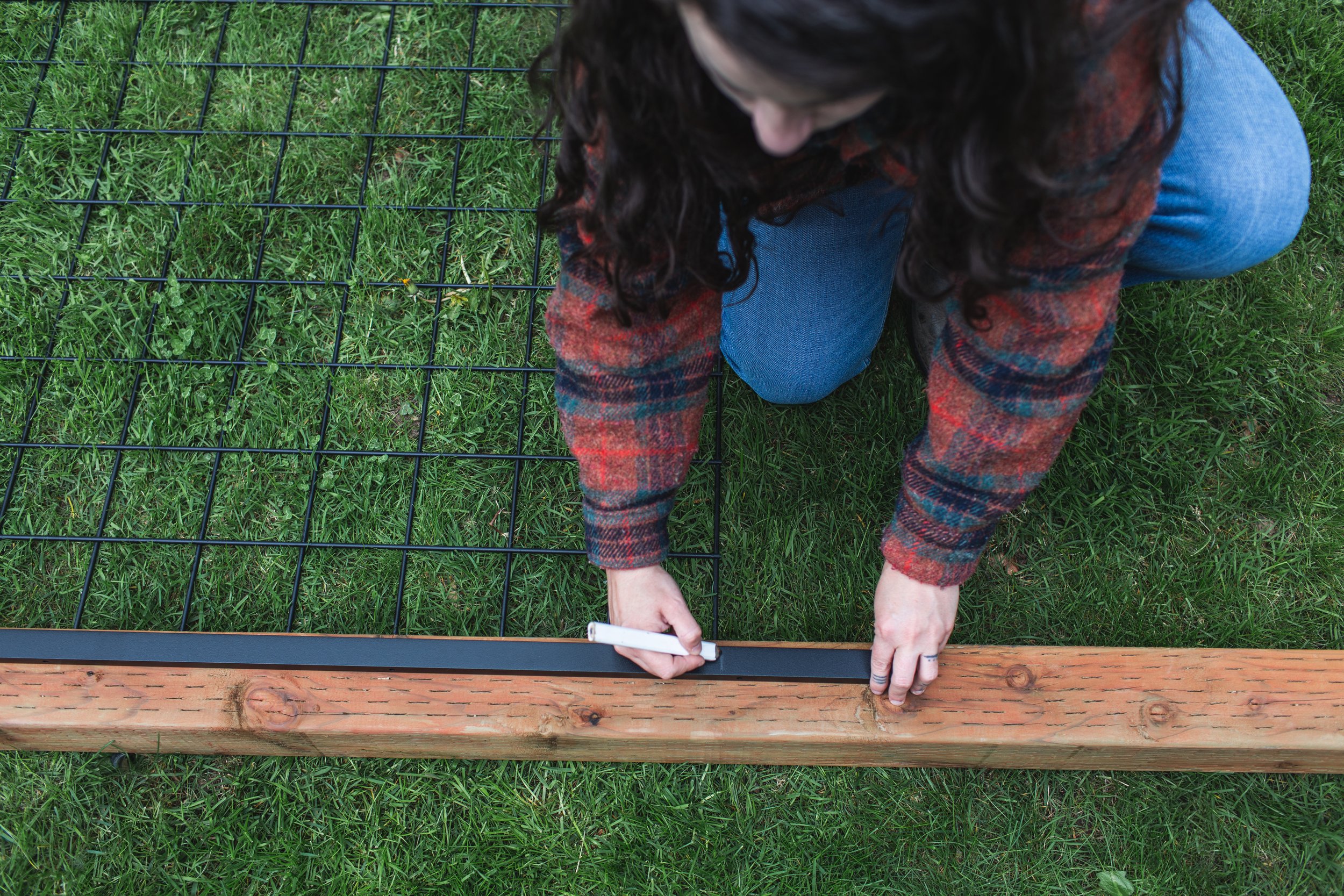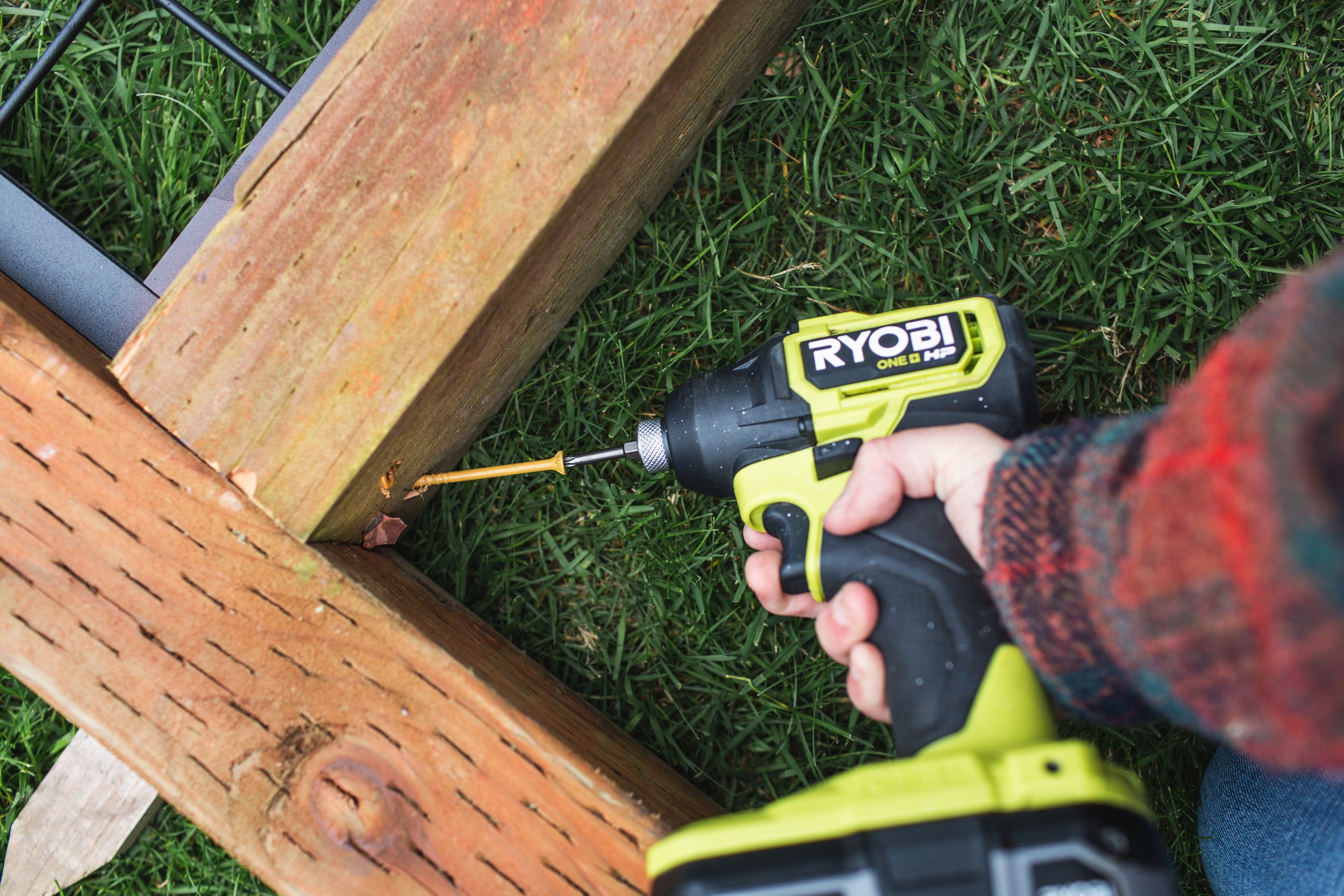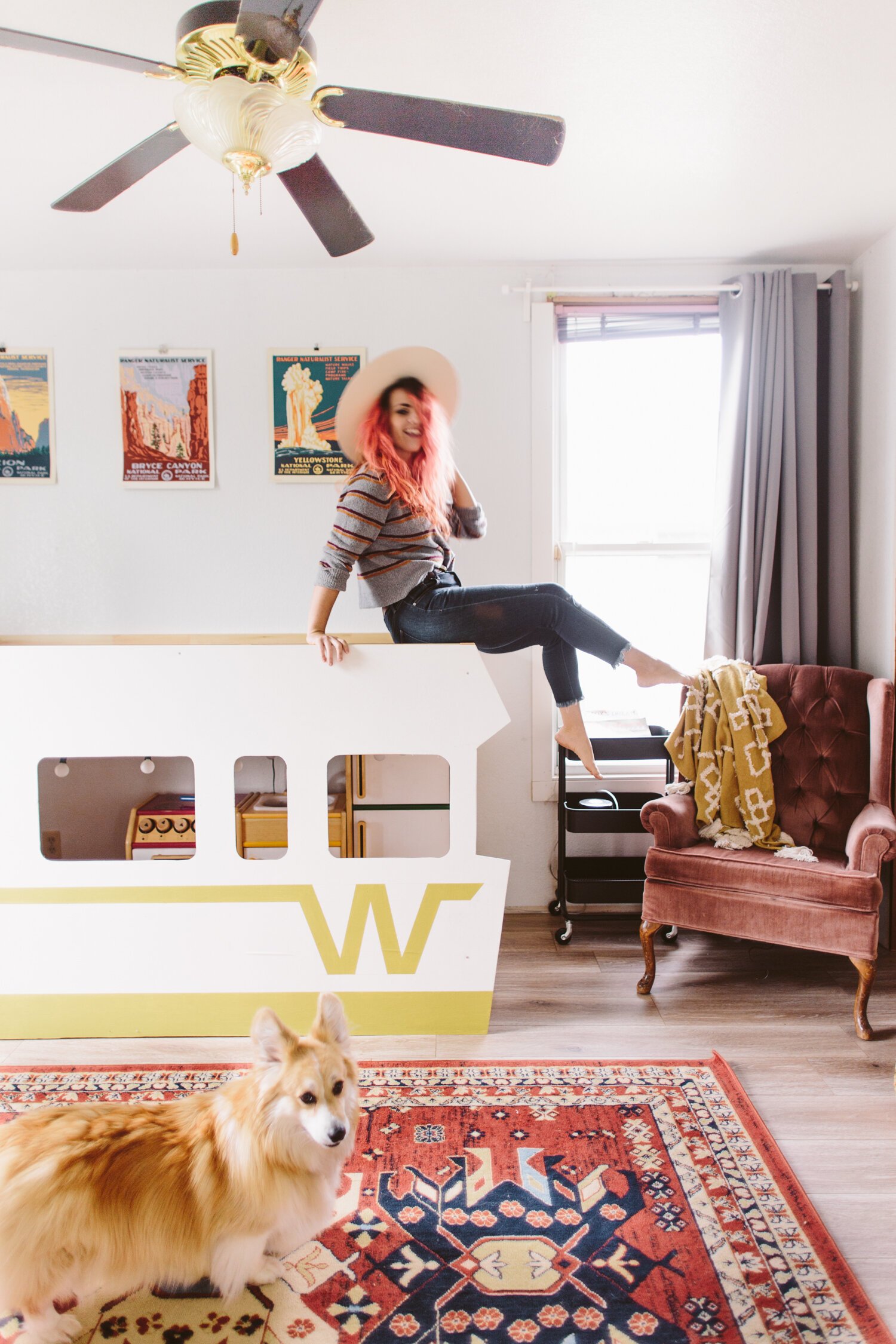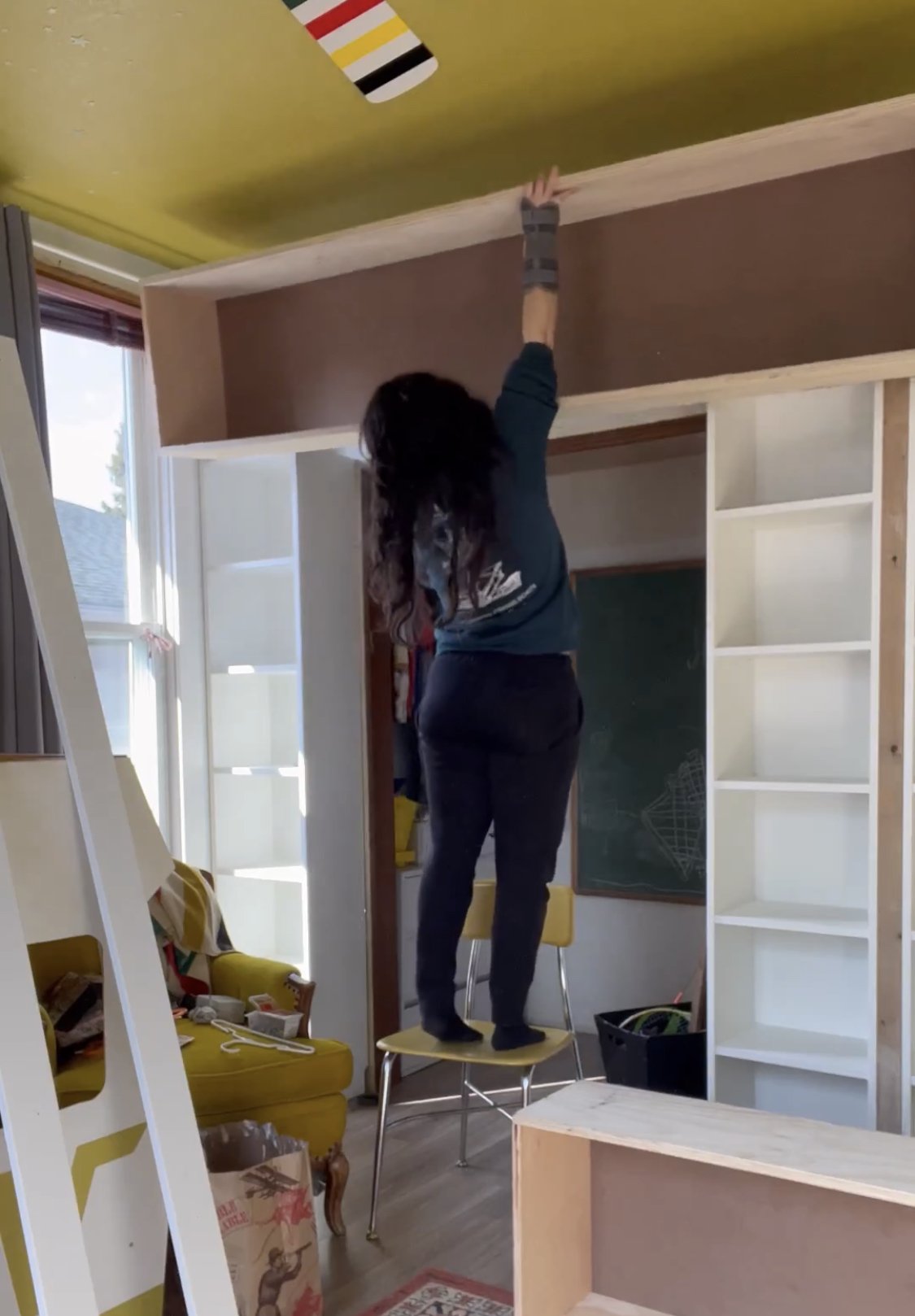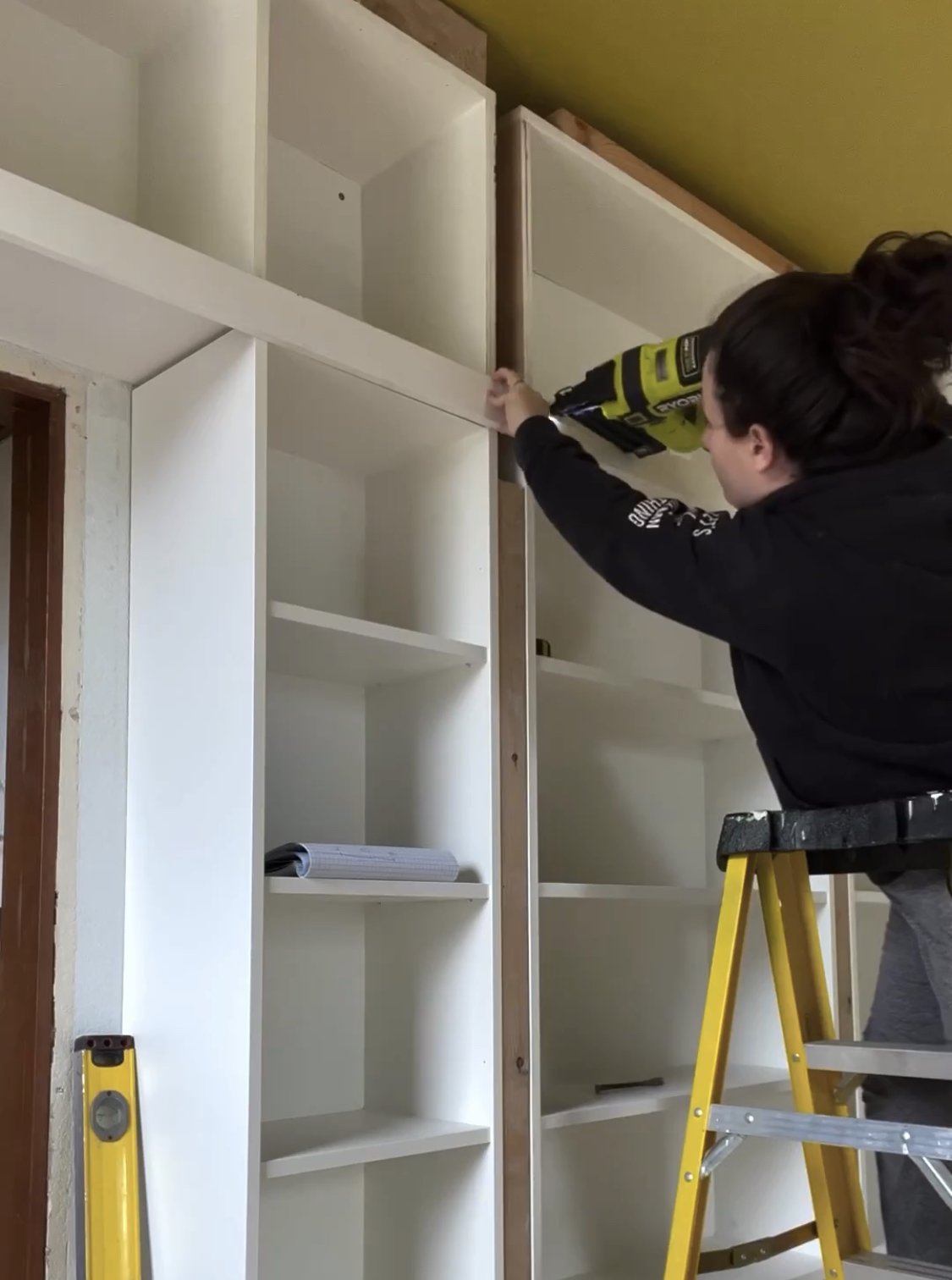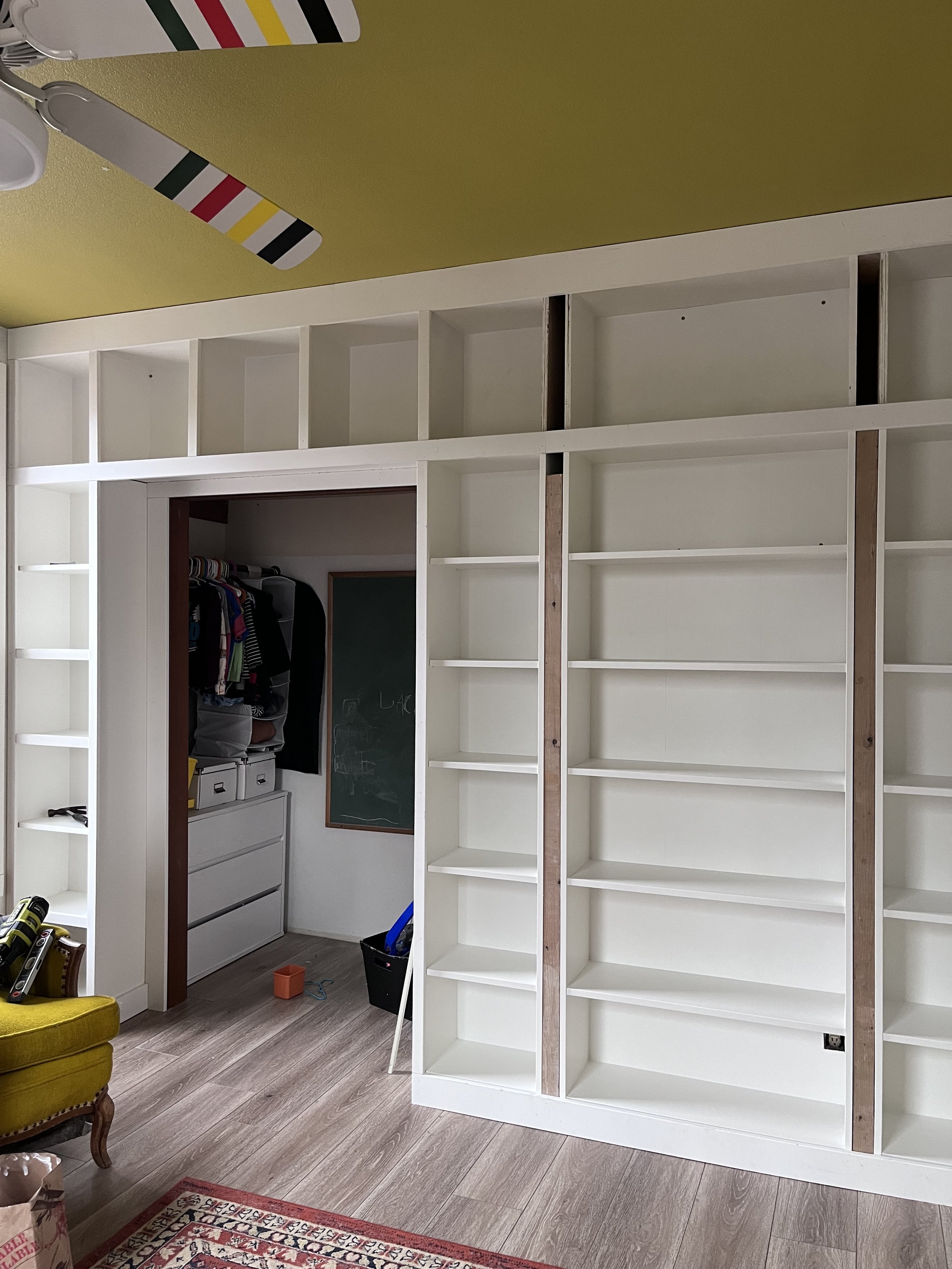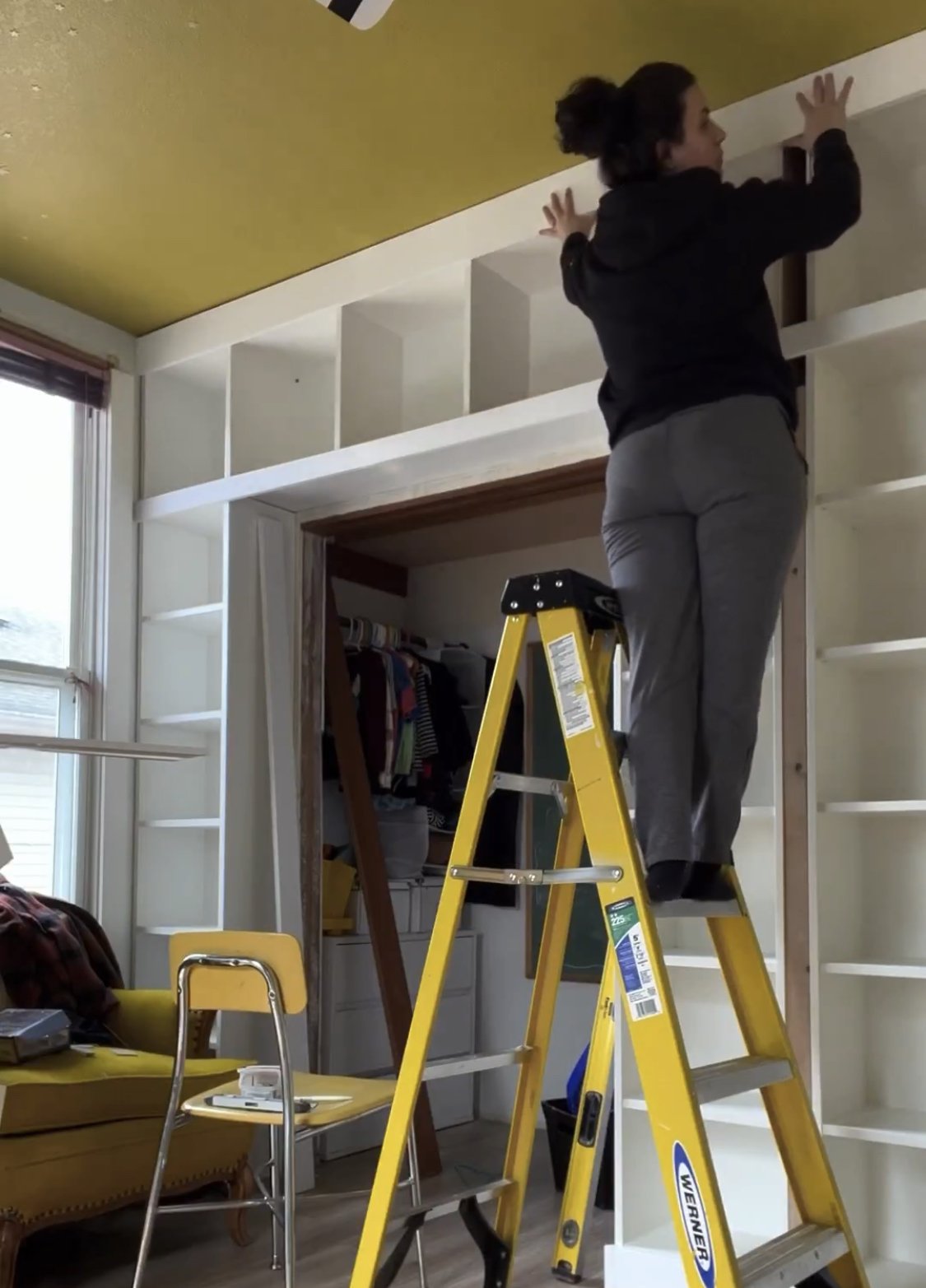In the past year I’ve divested from the influencer game and started making art again, and a part of that process involved rethinking my business model. Since I’m not riding that corporate sponsorship money gravy train anymore (lol… TBH I never really was in the first place), I wanted to really slowly and intentionally think about how to make money in this late stage capitalist hellscape that felt aligned with my values, and also didn’t lead to burnout. As I started selling my prints, I knew I wanted to do markets and pop up shops, but I also didn’t want to dive in headfirst, guns a-blazin’ like I usually do. So I’ve been moving slower, thinking about what markets I’d want to do, and how frequently I think I could manage doing a market booth— as well as sussing out which markets/events felt like they’d give me the most bang for my buck. Setting up a booth and manning it for several hours can be exhausting, especially as an introvert.
All of that thinking and planning is finally coming to fruition this month as I’ve got my first pop-up shop on July 20th at Hive Co., then another on August 2nd at the Mom’s Night Out market. I’m super excited. Hive is actually in the same space where I held my DIY Awards Bash in 2023, so I’m super familiar with the space, love the owner Michele, and there are going to be a bunch of other really cool vendors there as well. The Mom’s Night Out market is at another favorite local business— The CoLab, which is actually where one of my first murals lives on the exterior of their cute building.
So! That means I have to actually build out the booth I’ve been planning! “But Liz, can’t you just throw a table cloth on a folding table and be good?” LOL do you know me? I do have to do everything at an 11. I’m unable to turn off this part of me, so we’re gonna dive in and build something that feels really cool, but also hopefully pretty manageable as far as set up/tear down goes.
This image is my main inspiration. I absolutely adore the look of plywood and it’s super straightforward to create two panels of hinged plywood so it covers the front and top of the folding table.
Here she is! So far I’ve done two mini markets with this set up and I’d love to figure out a streamlined way to package all the wood elements up and roll them. Everything, including the angled print holder, folds flat, so they all store neatly and in a small area, but it does take at least three trips to the car and back to bring them all in, so it’d be cool to figure out some way to package them together so I can roll them or something. More noodling for that. I added acrylic shelf things to the front of one panel, and I’ll probably add one or two more layers of that, but for now I just don’t have enough stock to justify more shelving. The acrylic shelves slide off so those aren’t in danger of breaking while I’m transporting the wood pieces.
My next addition will be fabric to cover the sides of the table. I designed this set up so I can make it 6 ft (to perfectly cover my 6ft folding table) or 8ft (with one foot of the wood over hanging each side of the folding table). The 6 ft set up uses both the 4ft and 2ft wood table covers— this is the set up I’m using in the above photos. The 8 ft set up uses two 4ft wood table covers, and if I want, I could do a 6 ft table and then utilize the extra unused 4ft cover on another table to make an L table format. Maybe that all makes sense, maybe not. Hopefully it does! Ultimately, the takeaway is that this design is pretty flexible for different set ups and booth options.














